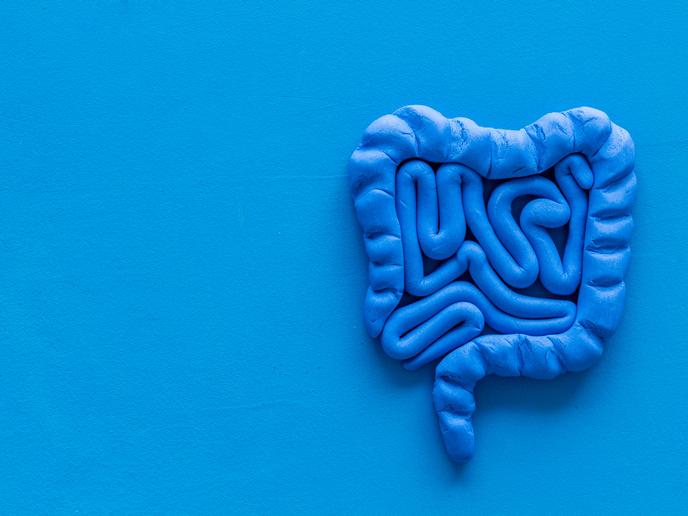Breaking the cycle of antibiotic resistance
In 1928, Alexander Fleming made a discovery that would change the course of history, saving uncountable lives from infections we now consider harmless. Fleming named the substance he isolated from the Penicillium mould. Penicillin turned out to be an extremely potent infection-fighting agent. It also launched the pharmaceutical industry and the search for new antibiotics (substances derived from bacterial sources and used to treat bacterial infections) to conquer some of the world’s most deadly infections. In recent years, extensive exposure to antibiotics has rapidly increased development of resistant strains of bacteria while development of new antibiotics has seen a decline making it difficult to treat life-threatening infections. A new antibiotic called lantibiotic NAI-107 has shown great potential in fighting a broad class of such infections (those caused by multidrug-resistant gram-positive pathogens). It is currently undergoing toxicological testing for the first phase of clinical trials. However, its success in fighting infections will depend not only on its efficacy and potency but on its ability to deliver large quantities of high quality product. It will not do much good if it cannot be mass produced. A European consortium led by an Italian small and medium-sized enterprise (SME) is developing NAI-107 with EU funding of the ‘Lantibiotic production: Technology, optimization and improved process’ (Laptop) project. NAI-107 is produced by the bacteria Microbispora sp. The stumbling block is that it cannot be produced with synthetic chemistry. Ensuring a sufficient supply requires robust bacterial fermentation and recovery processes. Laptop scientists identified the NAI-107 genome sequence and characterised the interaction of the NAI-107 complex with its target. Identification of key factors leading to robust production enabled design of improved industrially-scalable production media (‘food’ required to grow the bacteria and induce NAI-107 production). Studies on processes downstream of production and recovery of the NAI-107 produced are under way. Laptop’s development of a promising new antibiotic against life-threatening resistant bacteria could have an impact on health much as penicillin’s discovery did nearly 100 years ago.







